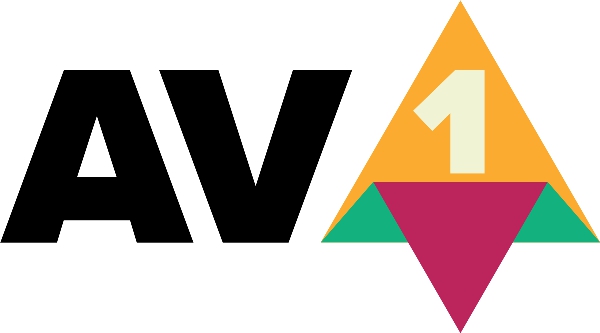Google Chrome 89 prepares to launch AV1 encoder for WebRTC
Google Chrome 89 prepares to launch AV1 encoder for WebRTC
After the release of Google Chrome 88, everyone's attention turned to Chrome 89. One of the interesting technical changes in the new version is the enabling of AV1 encoding support in the web browser. The AV1 decoding support provided in the browser dates back to 2018, but now the AV1 encoding support in Chrome 89 has been added to the WebRTC use case, which means it can be used for real-time meetings.
Network applications including WebEx, Meet, and Duo already support the use of AV1 to improve compression efficiency, improve low-bandwidth processing and higher screen sharing efficiency. Although hardware-based AV1 encoding-related conference applications are not common yet, the Chrome Linux/macOS/Windows desktop architecture version is increasing the ability to use CPU-based AV1 encoding.
In Chrome 89, AV1 encoding mainly uses the AOMedia libaom encoder. Its characteristic is that performance may vary greatly depending on the processor, but it should be no problem for most users.
Technical enthusiasts who are concerned about the Chrome AV1 coding plan only need to pay more attention to find that the improvements of the new version are still in progress, and its performance is still improving.

In addition to AV1 encoding, Chrome 89 is also working hard to support some new CSS properties, Streams API for creating/combining/consuming arbitrary data streams, supporting the await keyword in the top JavaScript module, and supporting browser-based NFC tags WebNFC support, new Web Share API support, WebHID enabled, and other new web interfaces under study.
If you want to check the performance of AV1 encoding on machines with different configurations, you can pay attention to the following pages:
https://openbenchmarking.org/test/pts/aom-av1#metrics





